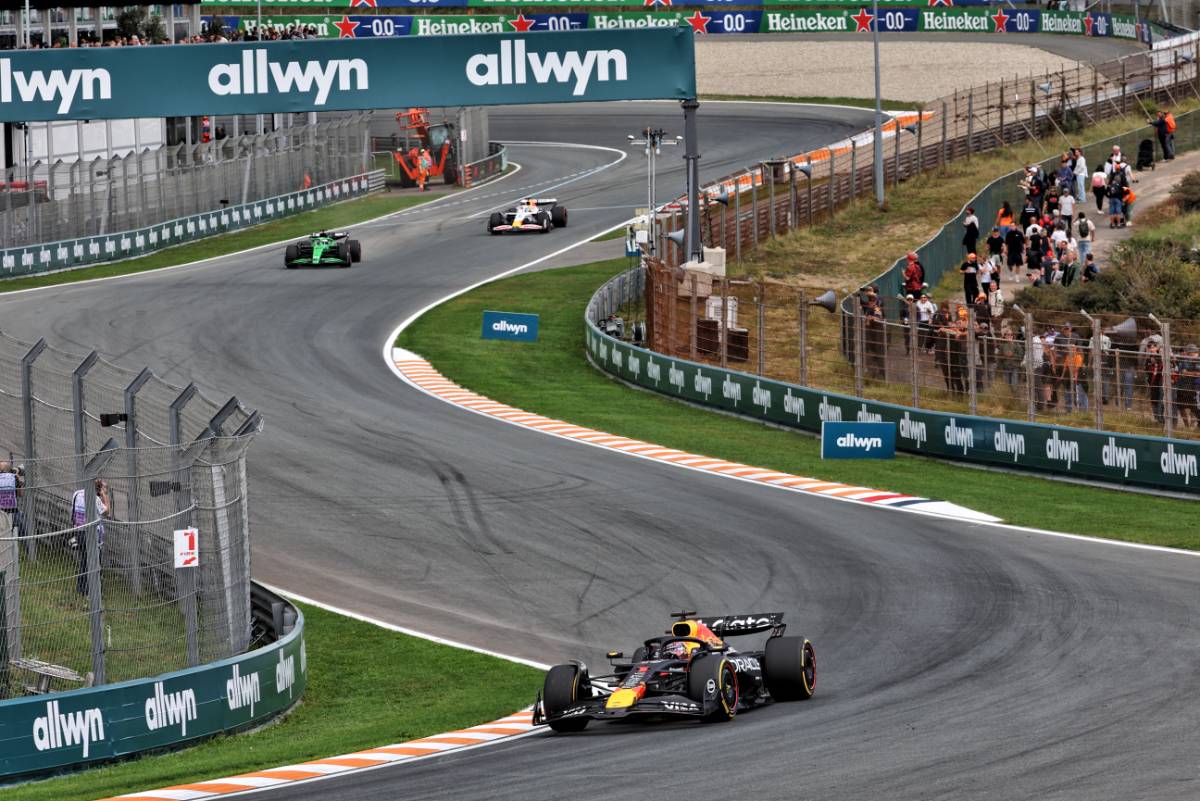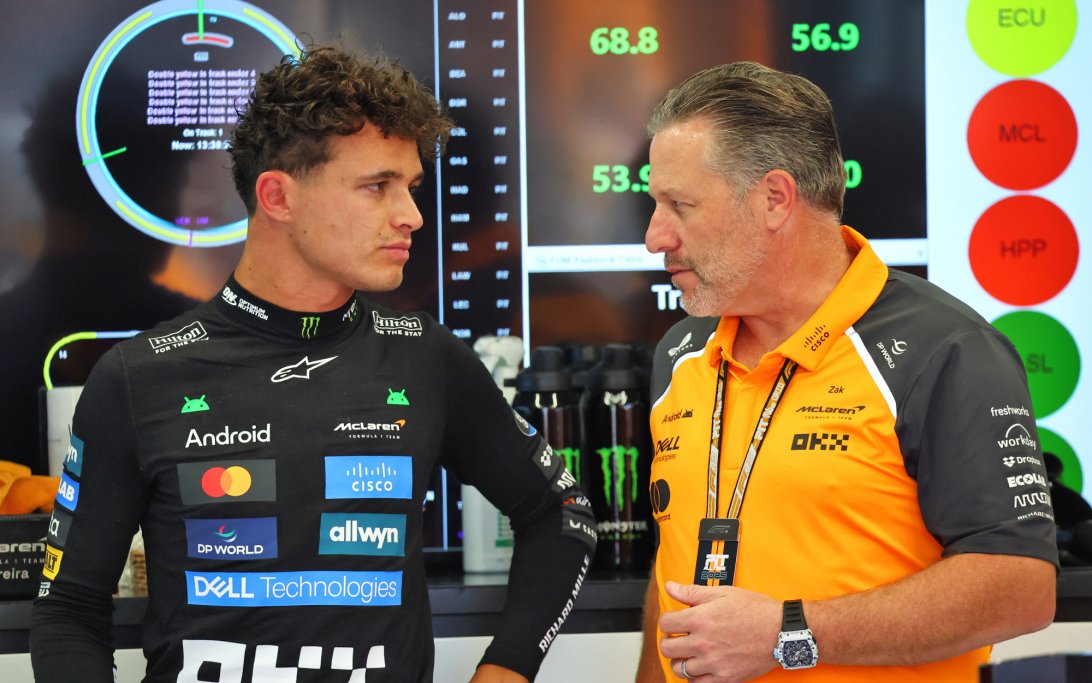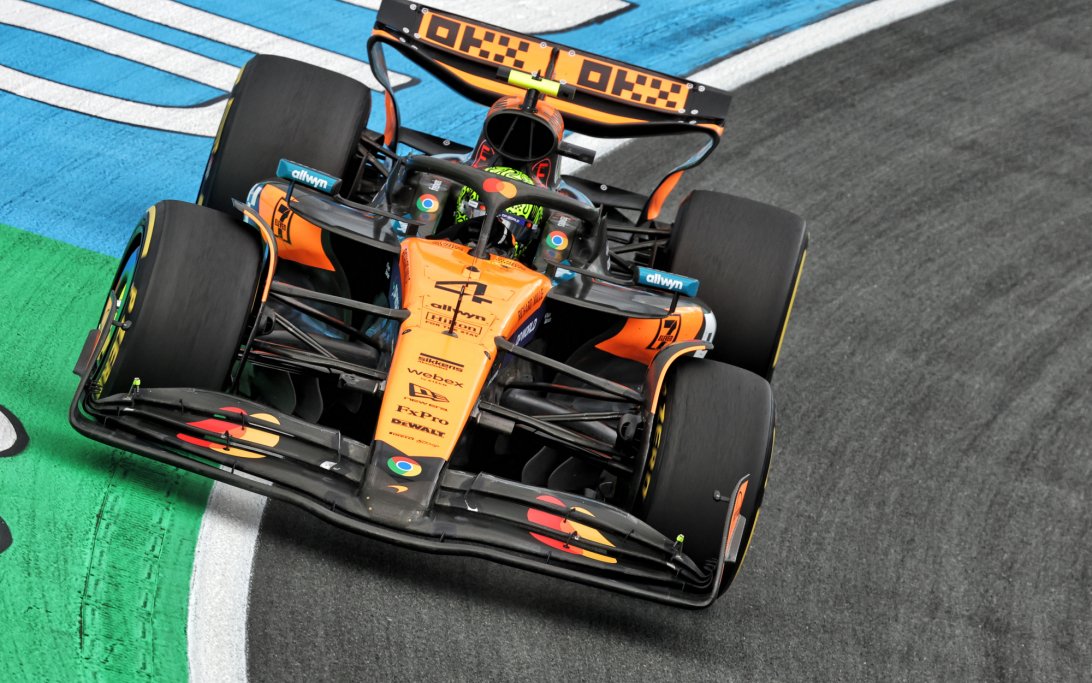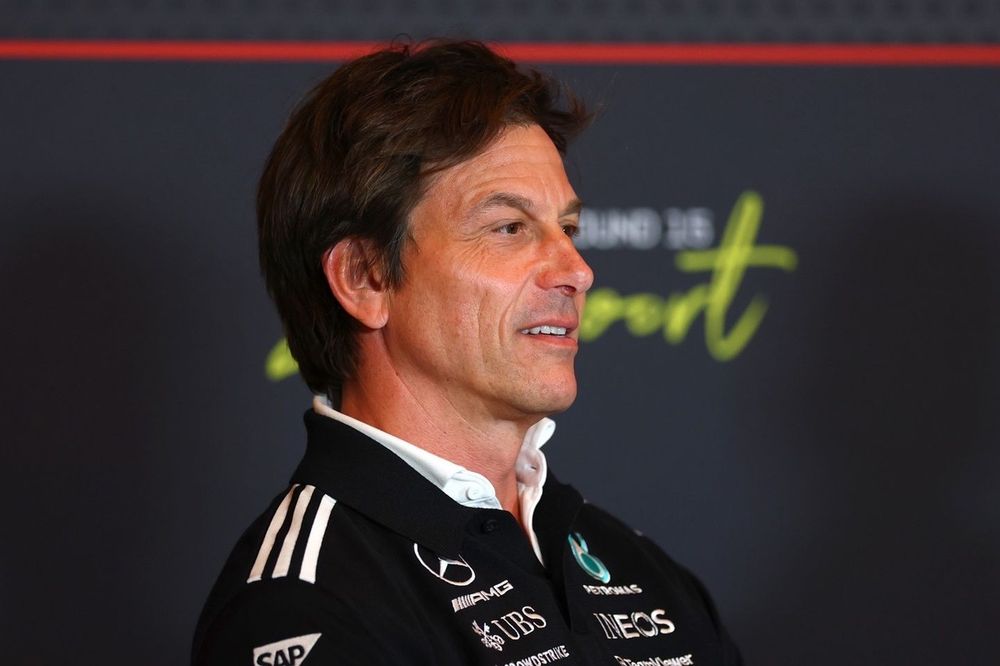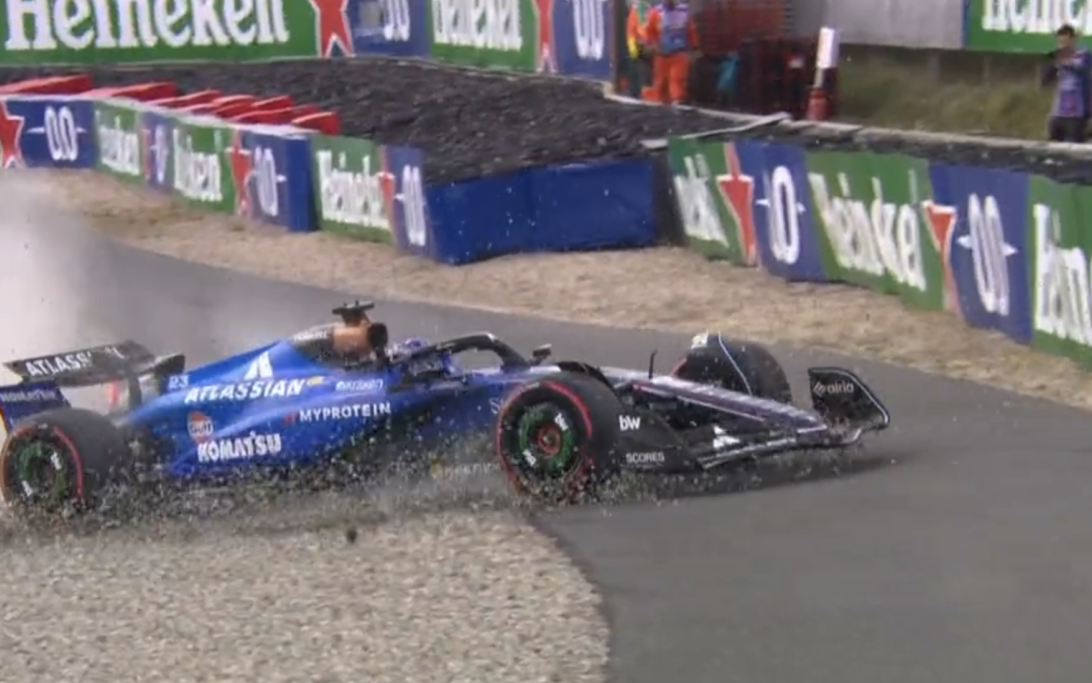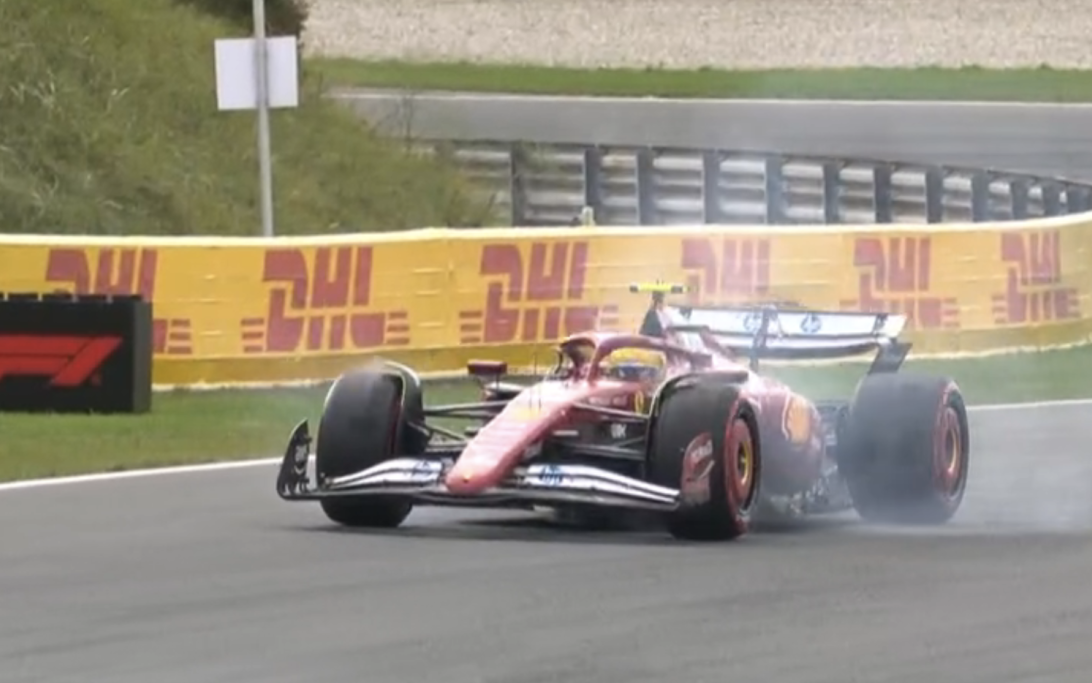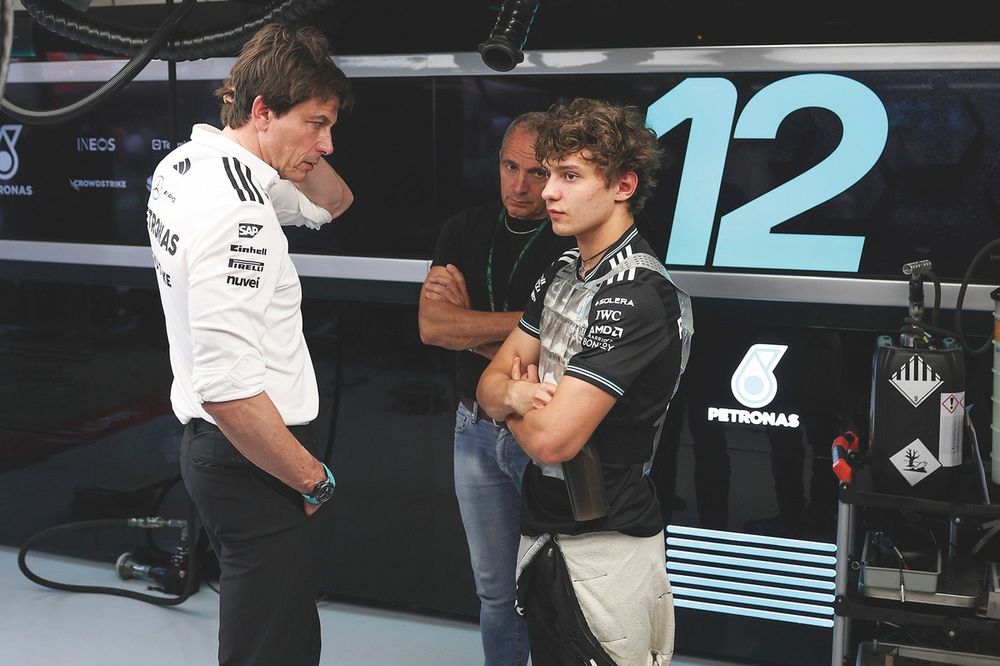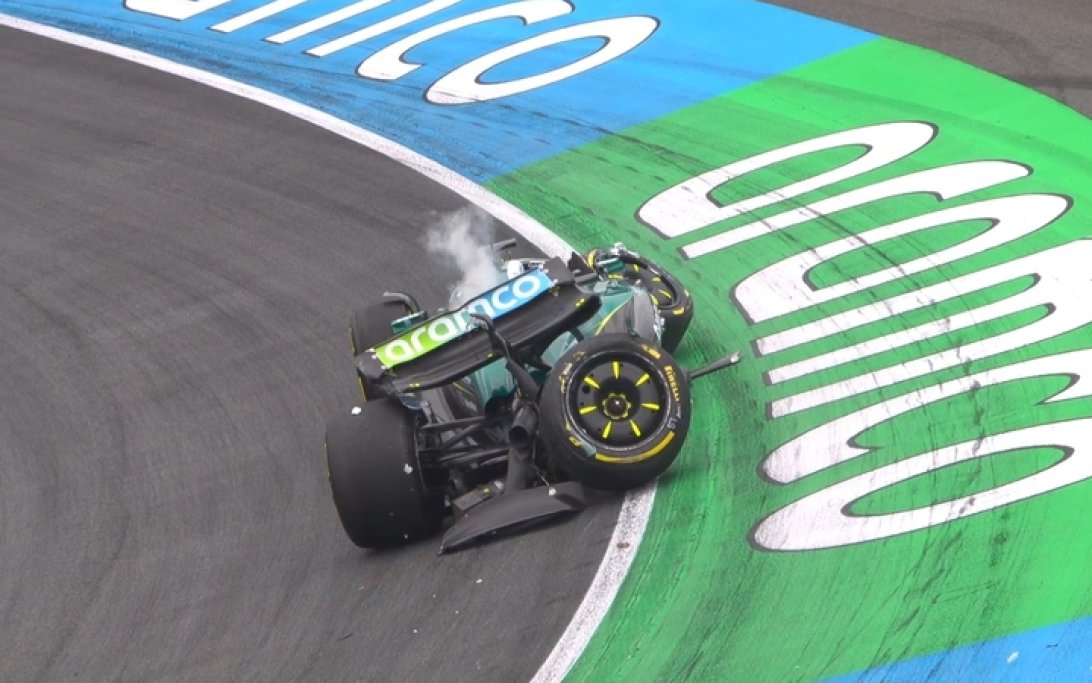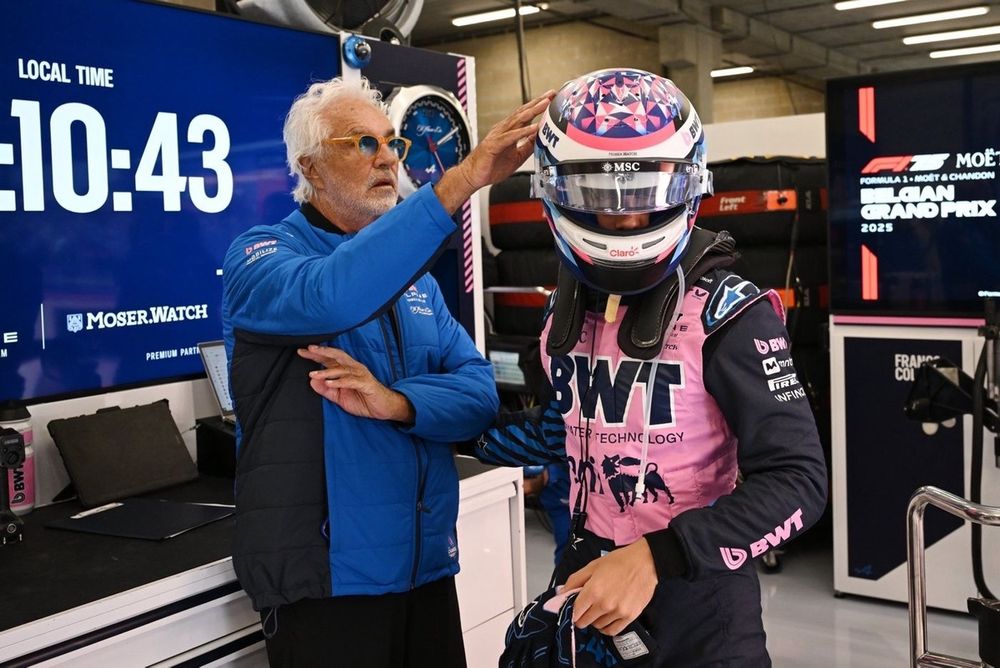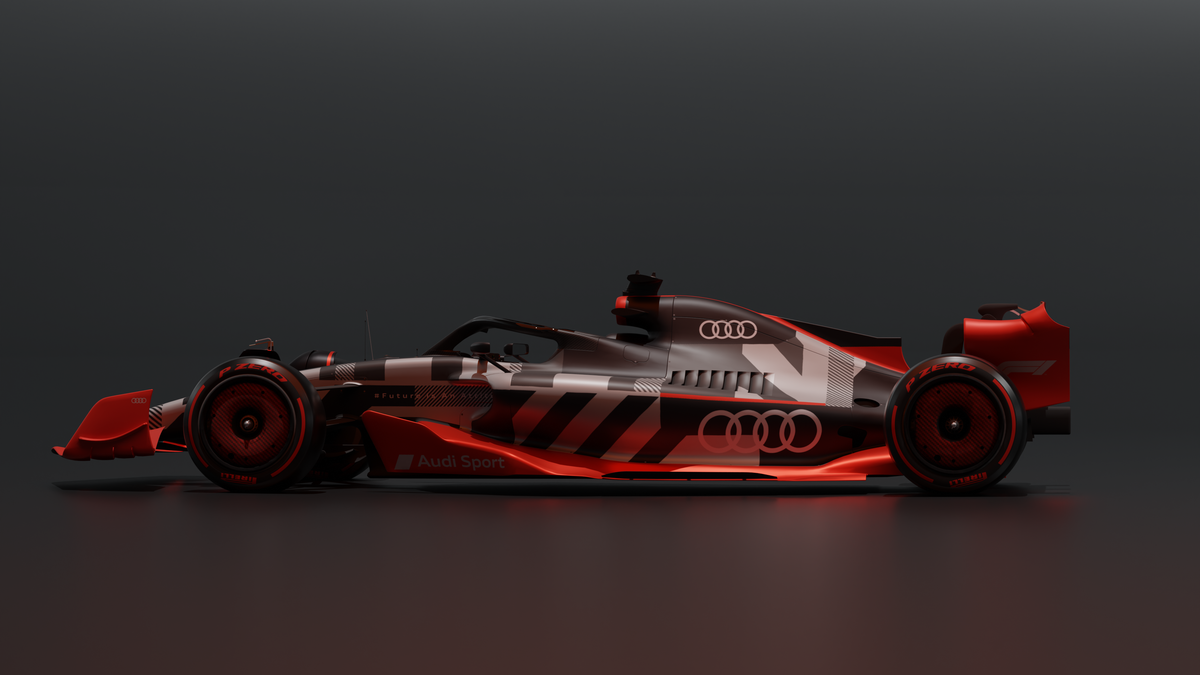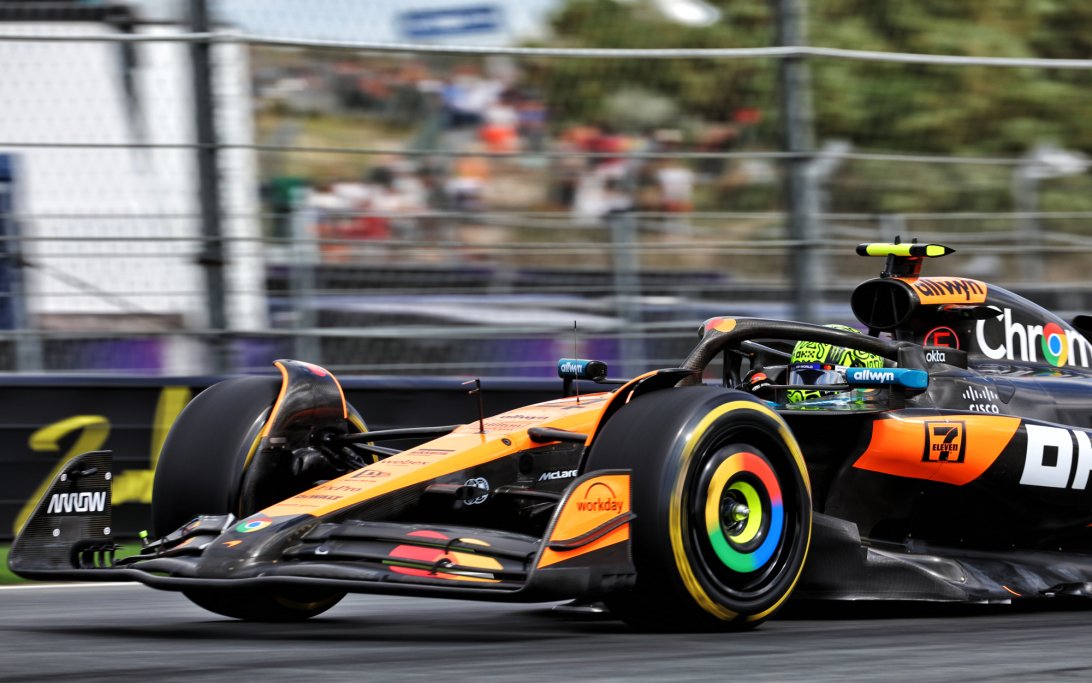Why it matters:
Mercedes team principal 토토 볼프 has clarified his controversial claim that 2026 Formula 1 cars could reach speeds of 400km/h on straights, attributing it to a theoretical scenario rather than a realistic expectation. His initial remarks had caused skepticism among rival teams and drivers.
The context:
볼프's original comments, made during the summer break, suggested the increased electrical energy in F1's new rules era would enable such speeds. However, simulation models from teams like 알핀 and Williams, along with drivers like 피에르 가슬리 and 카를로스 사인츠, indicated that 400km/h was far beyond what their current development showed.
볼프's clarification:
Speaking to The Race, 볼프 explained that his statement was "semi-sarcastically" made to highlight a positive aspect of the new engines. He stated that if all electrical energy were deployed on a single straight, a car could theoretically hit 400km/h, but "there wouldn't be much electric energy left for the other few corners on a circuit."
The regulations:
The FIA has implemented rules to prevent such extreme, short-burst deployments. To avoid cars dramatically losing speed at the end of straights, a ramp-down rate for electrical power has been introduced. This means power reduction from the full 350kW allowance cannot be instant, but must be reduced at a rate no greater than 50kW or 100kW per second, depending on the track. This ensures more consistent energy deployment over a greater distance.
Bigger picture:
The 400km/h figure is noteworthy as it exceeds even current F1 top speeds. The highest recorded speed in a modern F1 event was 발테리 보타스's 378km/h at the 2016 Baku Grand Prix.



